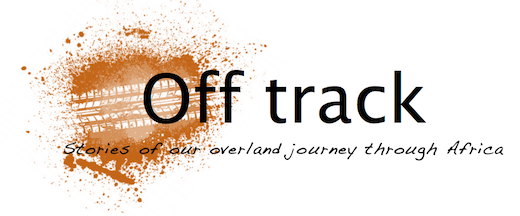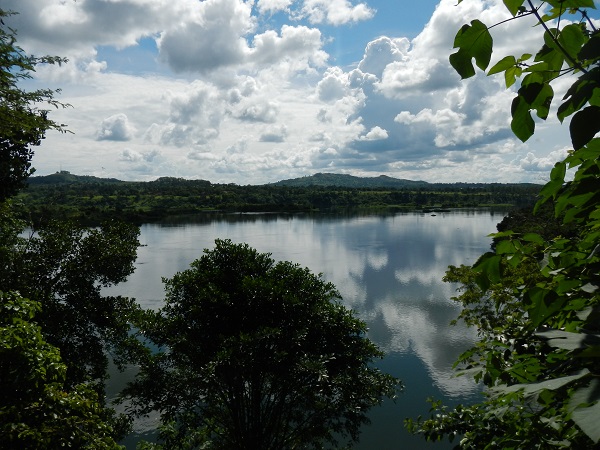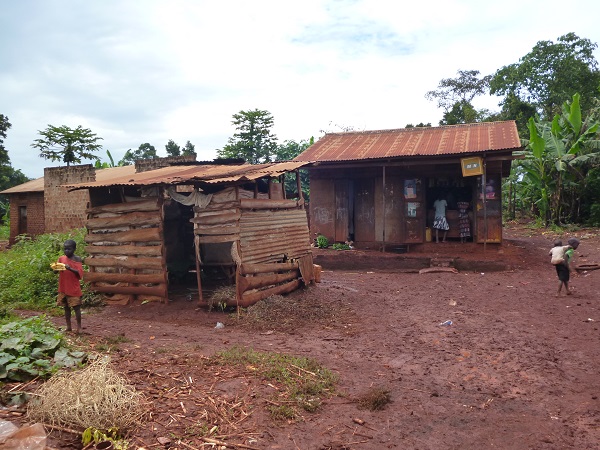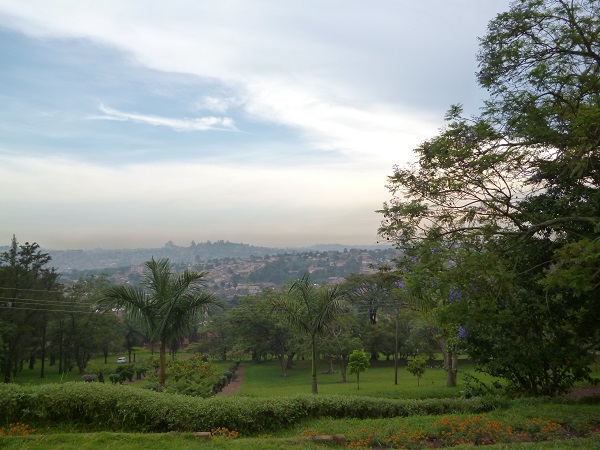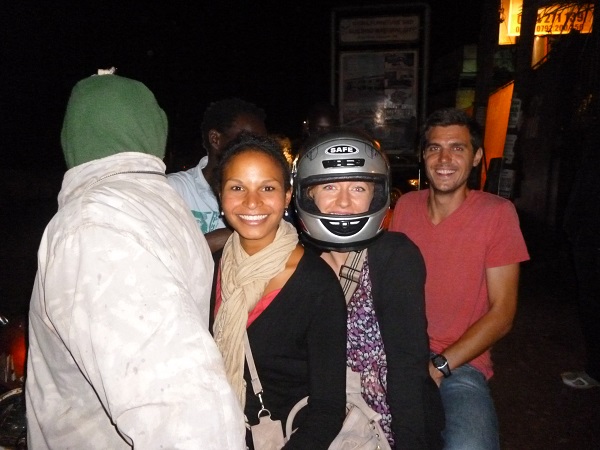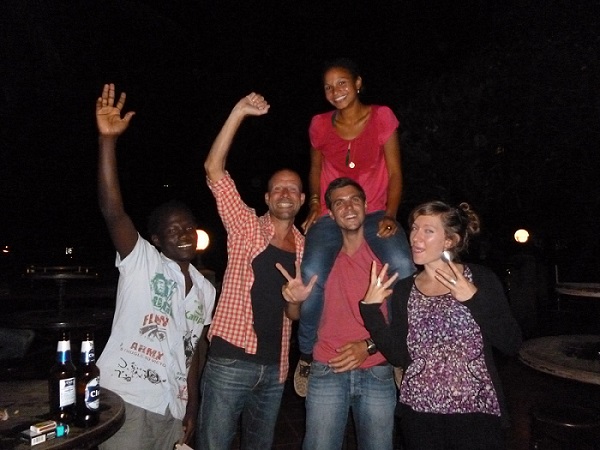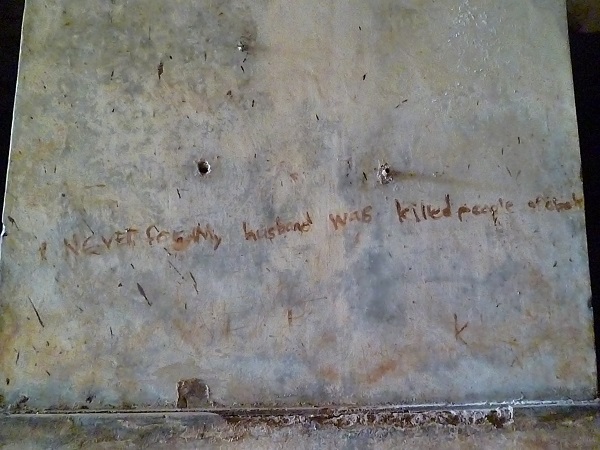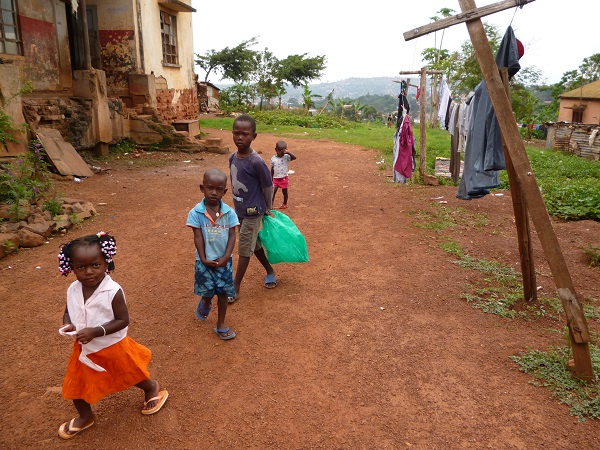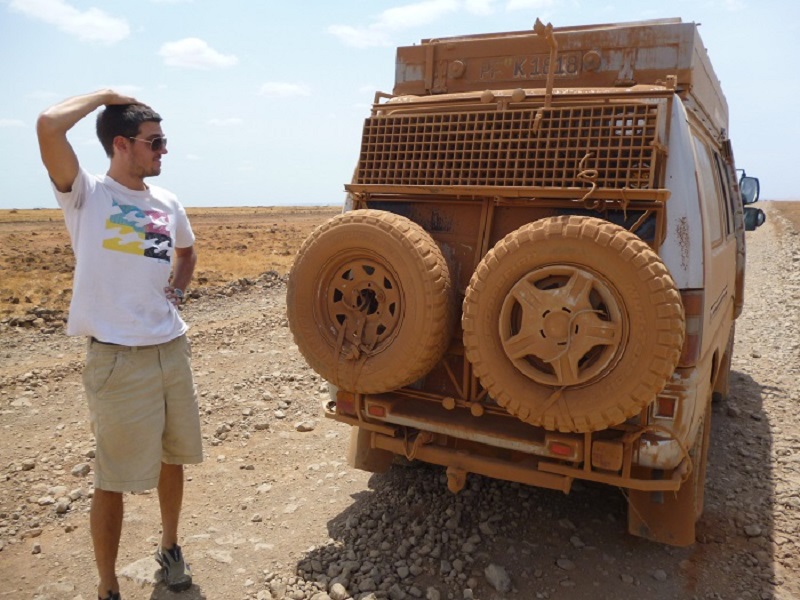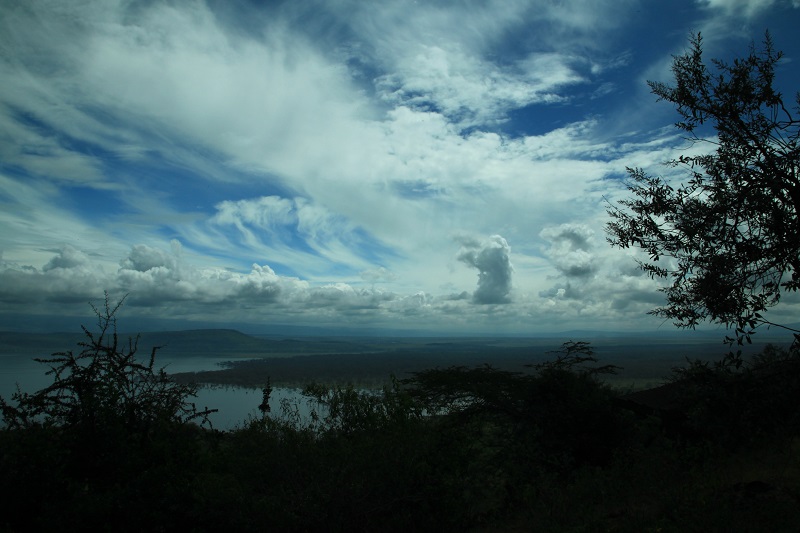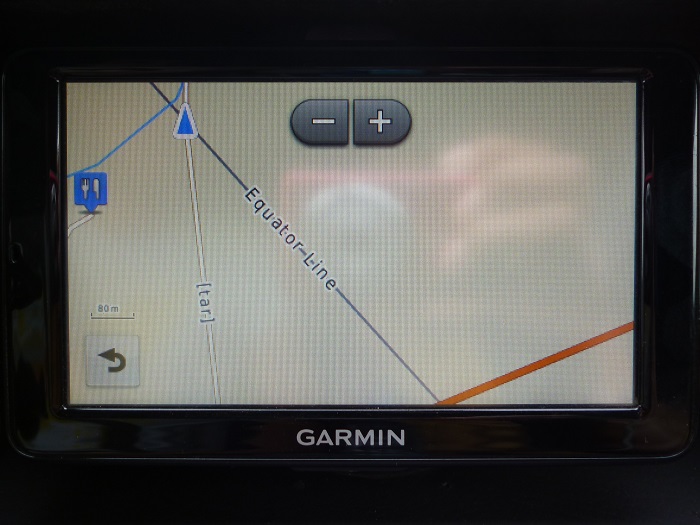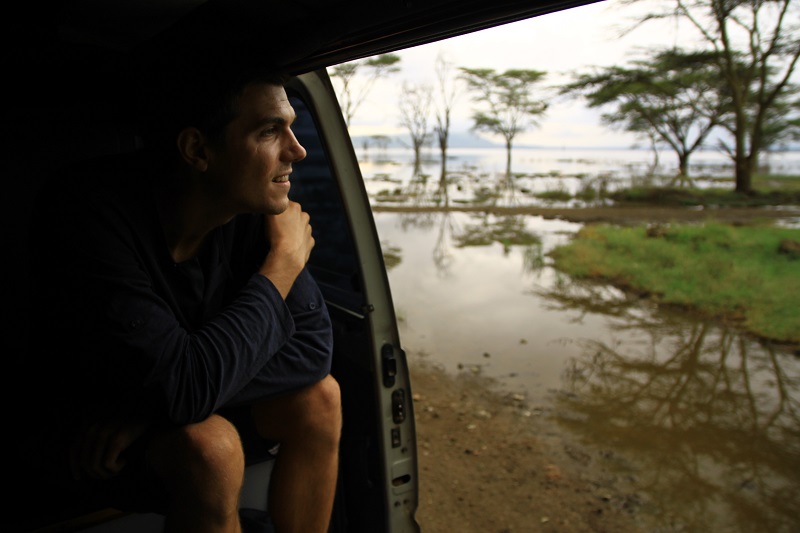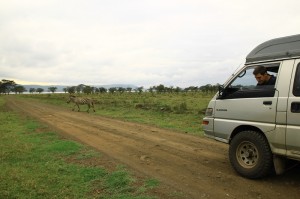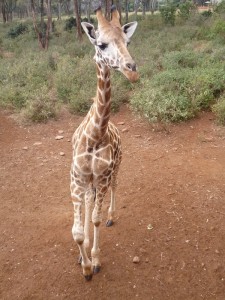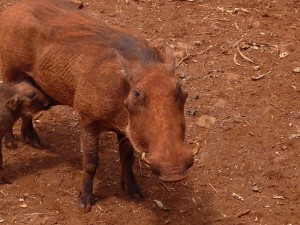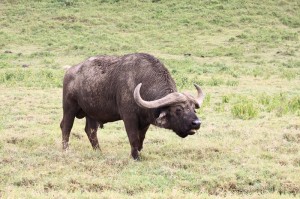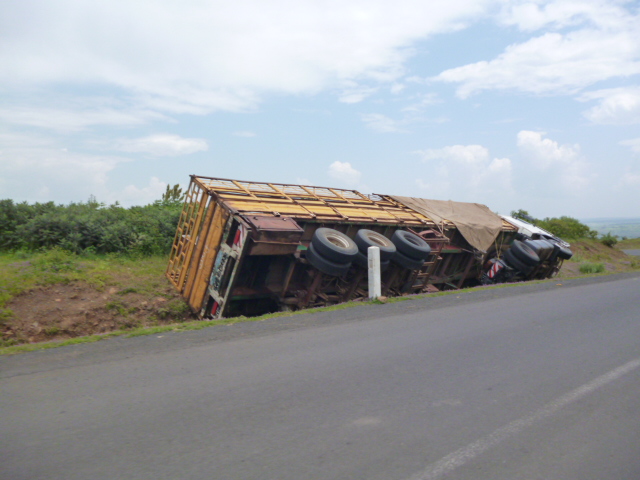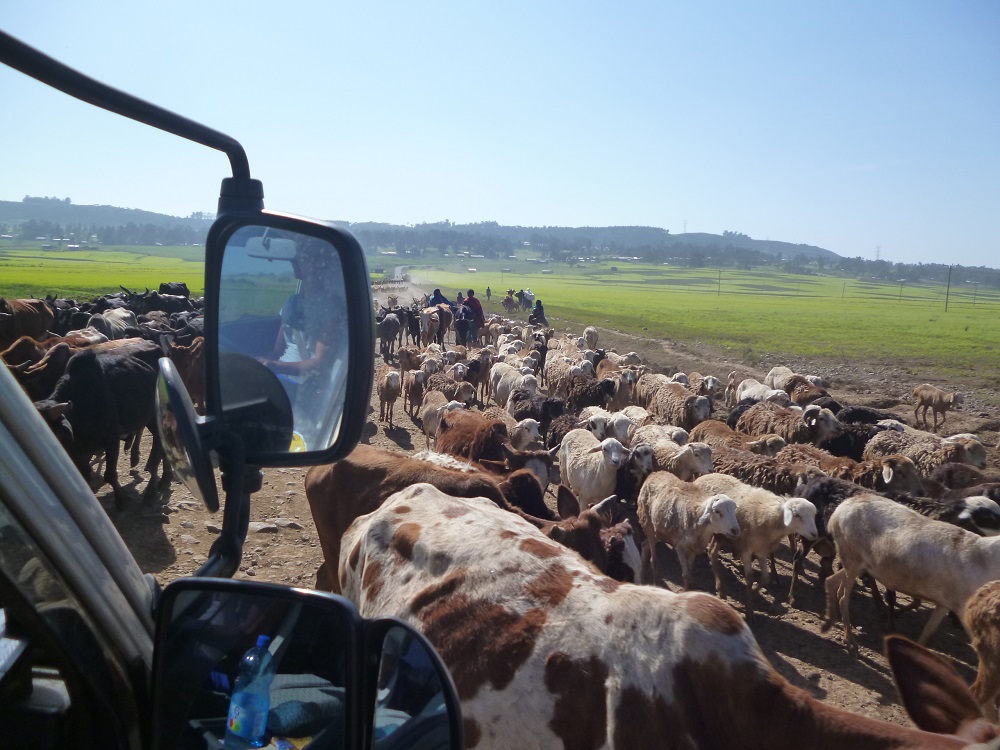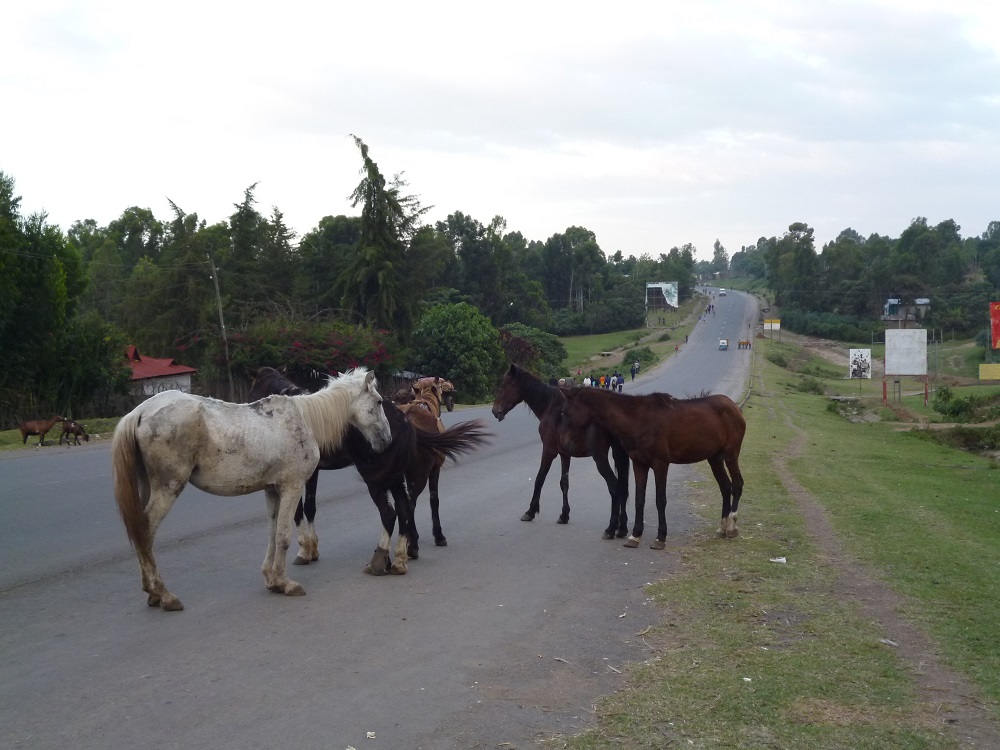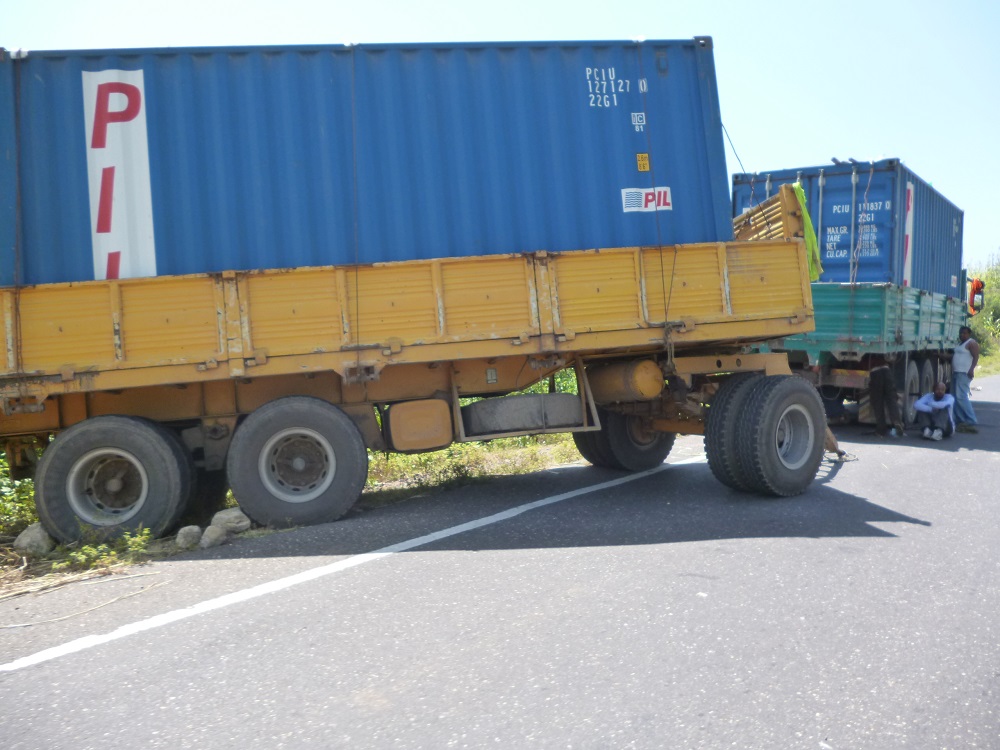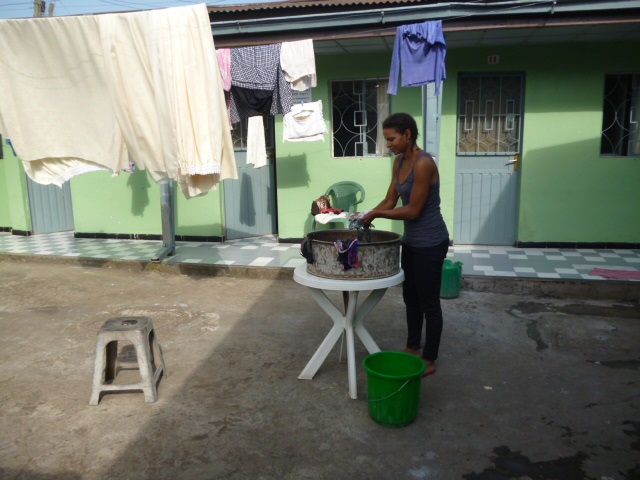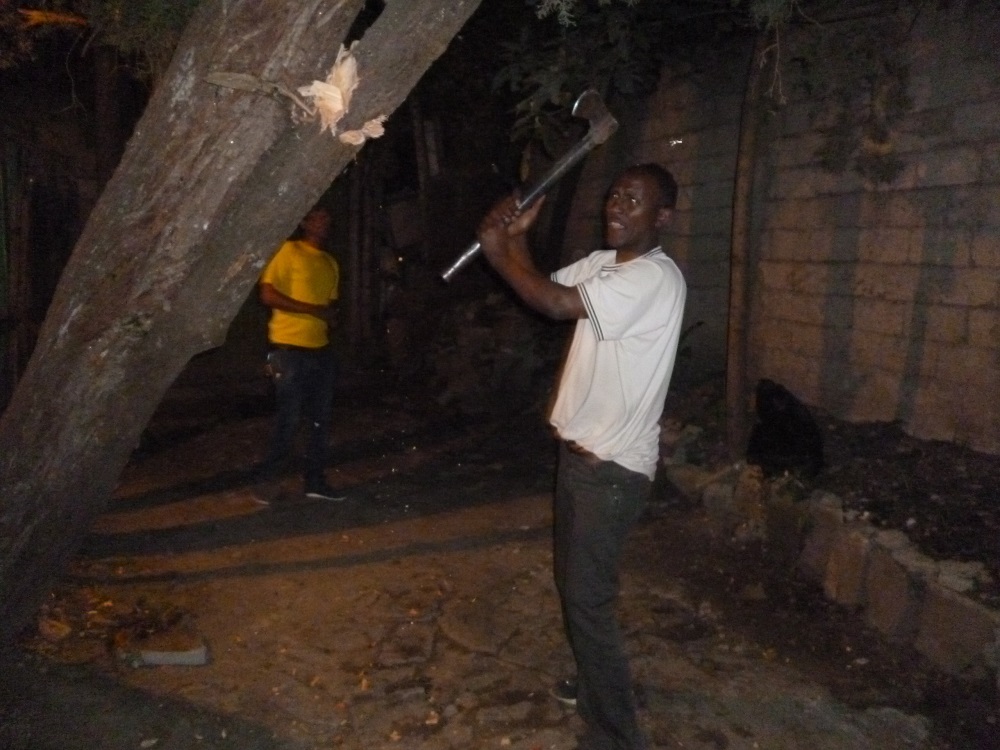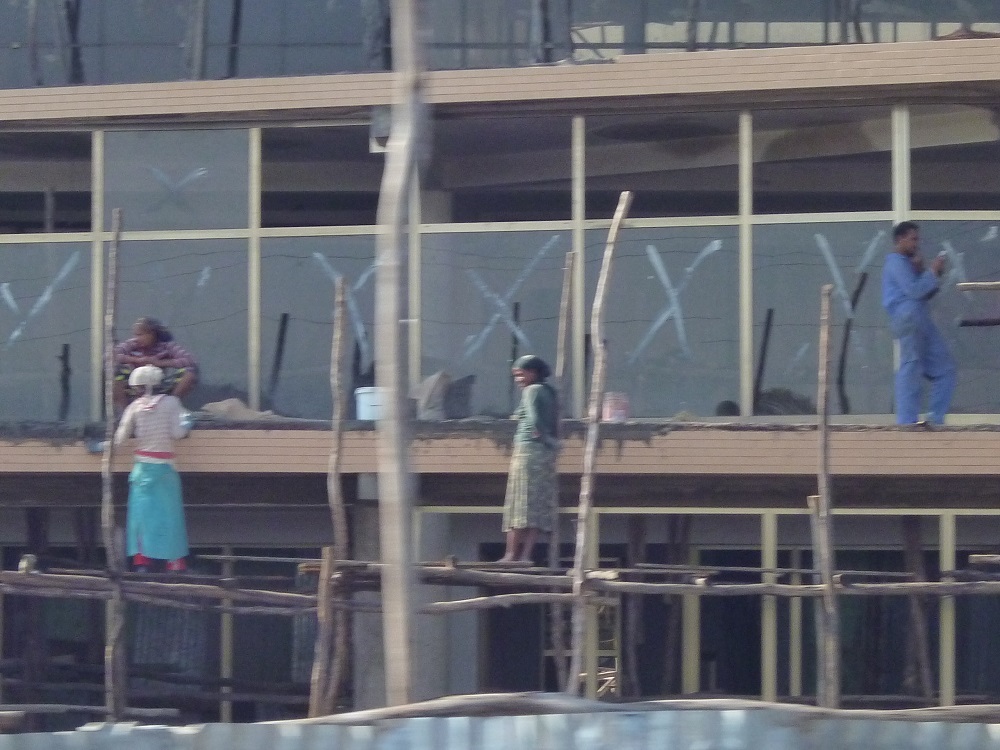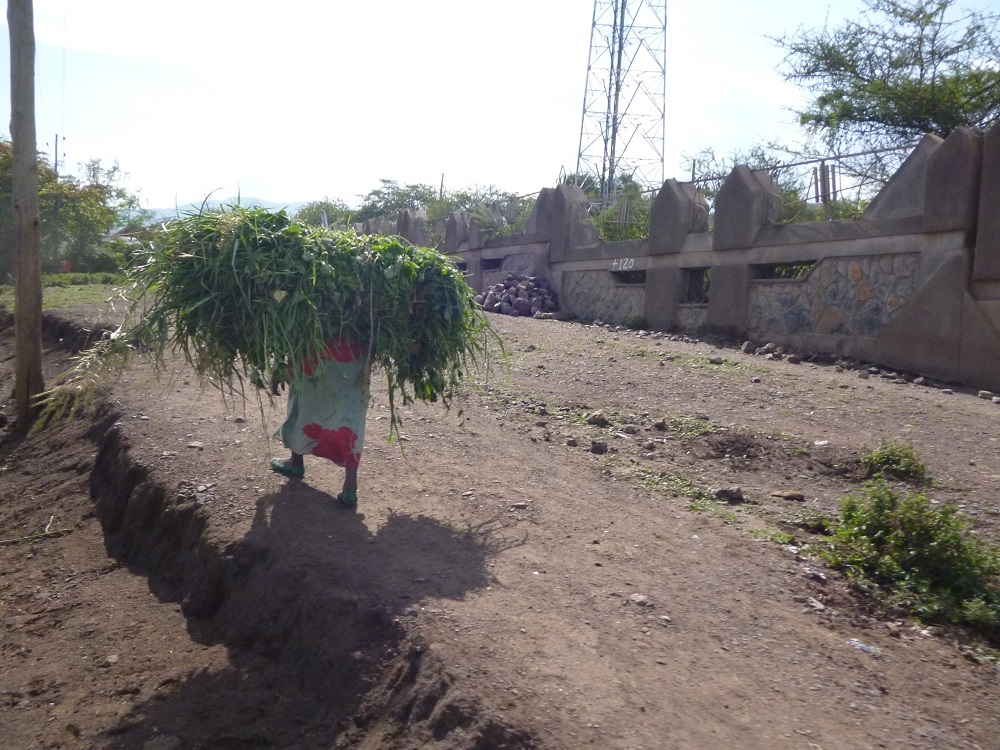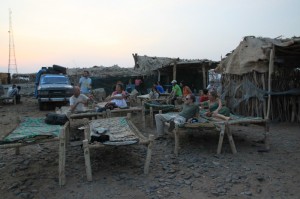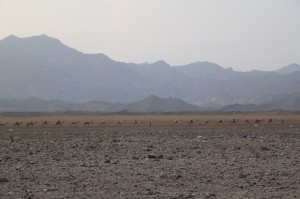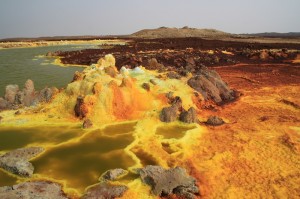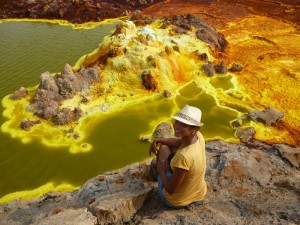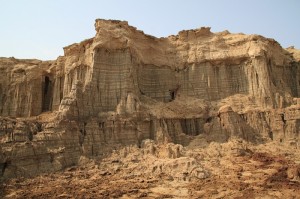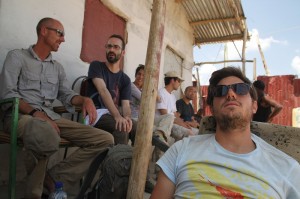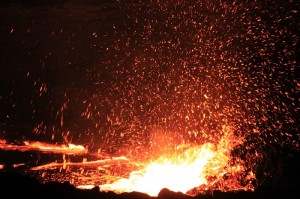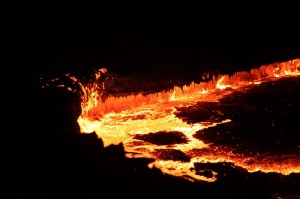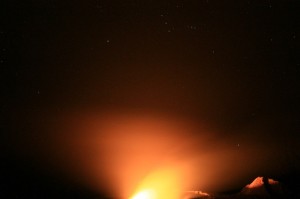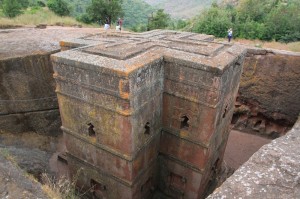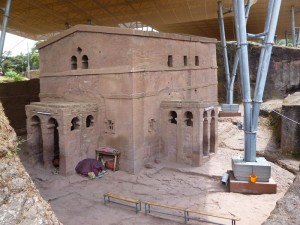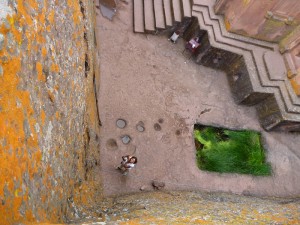Meeting people and midnight snacking in Kampala
It is a sunny morning and I’m sitting next to the car listening to the morning birds singing while overlooking the shadowy garden. Cornelius is still in bed trying his best to ignore the noise coming from the construction site next door. We are at a backpackers lodge in delightful Kampala, Uganda. We did manage to get here bribe-free, which was not at all easy, but unfortunately not fine-free. Let me tell you the stories.
When we arrived in the early morning at the Kenyan-Ugandan border, we entered the customs office. There was a typical customs guy sitting: comfortable, somewhat arrogant posture, nice office and not giving the idea that efficiency is a word in his dictionary. But he smiled friendly so we dared to hope on a good exit.
Upon entering and exiting the country, there is one important paper that we need to get stamped: the Carnet de Passage. This paper proves that we haven’t imported a car and sold it here. It guarantees the local government that you don’t sell your car on the (black) market. This way they protect their car market and the government makes sure that when you import a car, you are paying the ridiculously high import tax.
For this piece of paper, we deposited several thousands of euros at the ADAC (= ANWB in Germany) that we’ll only get back after we hand in a fully stamped Carnet with not one single piece of paper missing. So, after our car, this is the second most valuable possession. Customs know this, so refusing to stamp it is a way of putting pressure.
Our customs guy asked where we entered the country. “At Moyale, you say? Then you still have to pay 84 USD road tax” while pulling out a price list that indeed showed 84 dollars. Road tax? Never heard of. Shit. Large sum. Actually pretty strange that we haven’t heard of it. Hmm. Let’s discuss first what to do before tapping into our stash of emergency dollars.
To make the story short: we insisted first that he showed us the regulations on official paper. He then kept repeating what we had to pay and why. This went on for about 60 minutes before we walked out saying that we’d call the embassy to get some advise. We never reached the embassy (no network), but people on the street told us that road tax is only to be paid when visiting the country for more than 2 weeks. So when we confronted him with this knowledge, he couldn’t do much more but to give in. Mumbling some feeble explanation that kept him from losing face, he budged and stamped our carnet. Our 84 dollars still safely in our pockets. We entered Uganda that afternoon with an immensely good feeling and the sweet taste of victory in our mouths.
Our first stop in Uganda was in Bujagali, a small village close to Jinja, which happens to be the town where Idi Amin (by military coup proclaimed president for life) grew up and was recruited for the army. Bujagali itself is a typical African, small village where nothing happens, apart from the water activities that several tourist agencies organise. There is white water rafting, kayaking, mountainbiking and village tours. All at prices that can match easily with European levels. We parked at this backpackers hostel from where all these activities were organised. We only went for 2 hours of kayaking for two reasons: price (rafting was 165 dollars) and the fact that we plan to go on a 2 day rafting trip on the Zambezi river in Zambia. A very luxurious position, we know, but let’s not spend that money twice 🙂
The good thing about staying in this hostel were the people that we met there. Finally, having conversations with other travelers again! We met Wouter, a Dutch former hospital director who quit his job and is now traveling through Africa and the Americas. We enjoyed his company very much, since he was on another level than most travelers who either just graduated from university, or are the type NGO believers who are the geitenwollensokken or Waldorf types (sorry, no offence intended here…). With Wouter, we could share our ideas on entrepreneurship and business and get some challenge on our personal development. Very refreshing.
After 4 days we drove to Kampala, the exciting capital that is built on seven hills. The Kampalan hilltops boast a mosque, two palaces, a cathedral, two temples and a posh government building. And just like how Rome and Istanbul were also originally built on seven hills, Kampala too is a busy and crowded city with beautiful slopes, a city that is buzzing, 24 hours a day.
With matching horrible traffic, unfortunately. But we drove like grandma on a Sunday afternoon: we were very determined to abide by all the rules. No, today, we would do NOTHING wrong, we said upon entering the city. On the first large crossing we were a bit confused. There were four lanes of cars and motorcycles and just two traffic lights. In the complete chaos, we couldn’t figure out in what lane to wait so we just took the one that seemed most logical. And when the lights turned green, we gave gas, just as the other in our lane. Except: when driving on the crossing we were alone, all alone.
Hè? Shit, all other cars turned right. And not even a second later a white uniform with whistle and cap pulled us out. No, not again! We sighed deeply and pulled over to the very present group of police officers that were scanning the crossing like eagles looking for mice on the ground 200 meters below. Reckless driving this time. 100.000 Shilling, or 30 Euro. Luckily this time no threats of court dangling over our heads. No bribes either. We had to pay our fine at a nearby bank and after producing our receipt, we would get our driving license back and were free to go. Everything clean and above the table. Uganda certainly had their police force more under control than the Kenyans.
The police were friendly though and one officer asked where we were traveling and said that we were very welcome in Uganda. Quite childish of me, but I sneered back ‘that not being able to apply some coulance to righteous foreigners could hardly be called welcoming somebody’ and I closed the window. Although we were wrong and the fine was in place, we still felt that it would have been more suitable to let us get away with a stern warning. This is what the Dutch and the German would have done when they would believe the good intentions of a foreign driver.
Distance Bujagali – Kampala: 75 km. Total time driving (including police and traffic jams): 5 hours. Sweet.
We parked at a backpackers hostel where we met again many other travelers. And the good thing about this city: everybody, either local or traveler, goes partying almost every day. As far as the eye can see, there are bars, restaurants, music venues, clubs, pubs and galleries. There are so many minibuses that the city is one big traffic jam. The solution: boda boda’s, or motorcycle taxis that will take up to 3 people and snake itself through heavy obstructions. It is fast and cheap but the reason that it’s cheap is that every time you get on, you risk your life: the drivers handle the gas like madmen and don’t mind if their mirror or your knee hits another vehicle. Helmets not compulsory. There are now parliament discussions to prohibit boda boda’s to radically reduce the number of fatal accidents. But until then, we’ll keep on using the only form of public transportation that actually gets you delivered on your address with less then 3 hours travel time.
With a group of friends we met here in the lodge and some locals we met via via, we went to a vernissage (yes, very classy indeed :-), rocked 3rd place at a pubquiz in the O’Leary’s and went dancing in local clubs. We even had a genuine all-the-way partynight until 6 a.m. including nightsnacking grilled chicken. We really enjoyed this first partying in 4,5 month!
The young Ugandans that we met here are very friendly and eager for contact, so we have daily invitations to come to their homes and eat together, to join a wedding, or just to hang out. It makes us feel welcome and through them we are getting to know this beautiful country better.
The only minor thing that annoys us here, is that the mosquitos are as fanatic during the day as during night. The rule that mosquitoes get active during nighttime does not apply here and often we can enjoy fresh mosquito bites in the mornings or middays.
Uganda, former playground of cruel dictators Idi Amin and Milton Obote, who both slaughtered millions of people to get and remain in power. We visited a site where the former King of Uganda was overthrown by Obote and Amin, a site that both dictators later used for torturing and killing (potential) opponents before disposing the bodies in Lake Victoria.
Uganda, the homeland of warlord Joseph Kony, who was infamous for recruiting child soldiers for his Lords Resistance Army that believes that the whole world, starting in northern Uganda, should be ruled only by the 10 commandments. Kony had the horrible habit of the cutting noses, ears and lips or just simply having kids killing their parents when people resisted.
We have now seen the happy and developed part, but are curious to learn more about the history of this country, how it affected its people and what organisations do to help for example former child soldiers in coping with their personal tragedies. So three more weeks in this country and then off to Rwanda.
We’ll keep you posted!
Read More